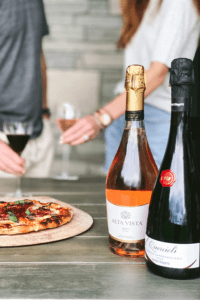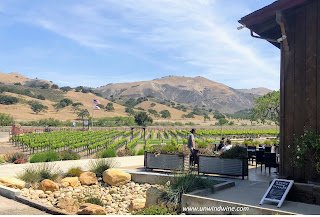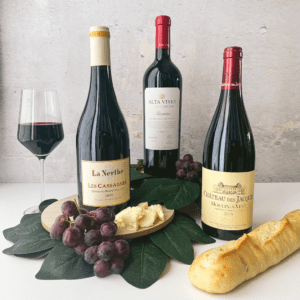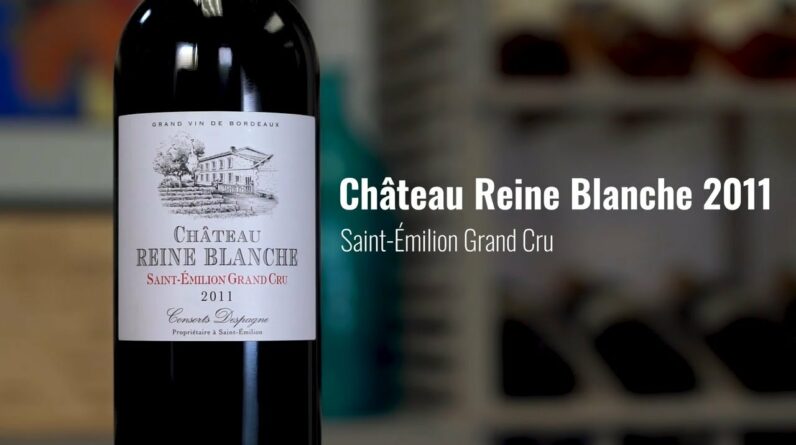Q. In wine, when is rotten a good thing?
A. Under normal conditions, Botrytis cinerea, or bunch rot, is responsible for unfortunate crop losses (for example, 1–10% annually in California). However, the proper set of climatic conditions transform this lowly bunch rot into “noble rot.” If the temperature is just right and humidity at the exact level for a specific amount of time (above 90 for more than four hours), and then the weather turns hot and dry, botrytis forms and the healthy grapes become shriveled and fuzzy, providing the raw materials for famous and prized sweet dessert wines throughout the world such as Sauternes, Tokaji Aszú, and Semillon. If all doesn’t go as hoped for, then grey rot takes hold and the grapes are unusable.
While the great wines of noble rot can age 40+ years, this doesn’t mean every age-worthy bottle has been made from rotten grapes. In fact, they are quite rare and expensive due to the nature of the specific climatic conditions that must occur to make them. Maybe instead of Rotten Tomato scores, there should be a new way to rate Botrytis cinerea-affected wines: Rotten Grapes.
Curious to learn more about these delicious dessert wines? Check out Fascinating Fungi and the Noble Rot
Another wine that’s great with dessert? Lambrusco. This bubbly red is not as sweet as Sauternes, but its bubbles and fruity flavor make this a great match for pies and chocolate! Take a closer look at this and other wines in the Food Friendly Wines for Beginners Pack in the Wine365 Shop.

This question is from the Daily Drop newsletter. Click here to subscribe!









